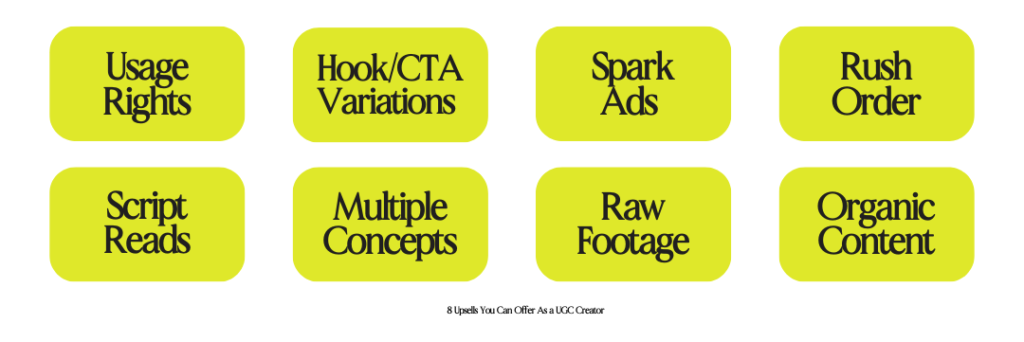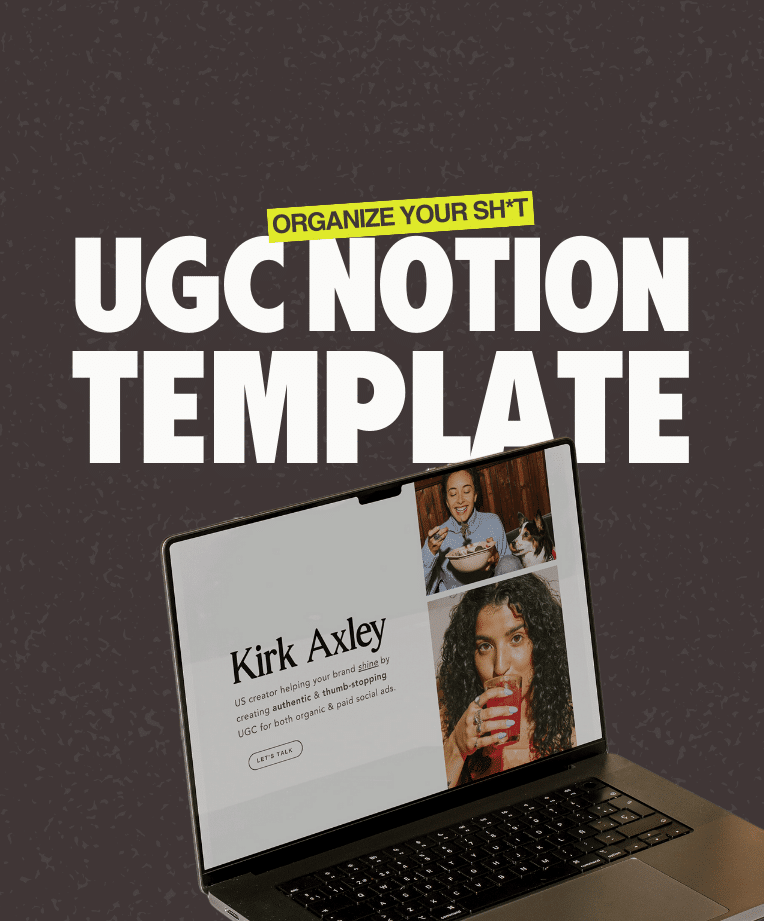In the world of UGC, lowballing is everywhere.
When I talk about lowballing, I mean when a potential client intentionally offers a significantly lower fee than what is considered reasonable with the intent of negotiating. Or maybe without the intent of negotiating.
Regardless, it means countless $50 offer after $50 offer for content you would expect to charge $250 for.
Now contrary to popular belief, these aren’t always straight to junk emails, and it’s time we chatted about them. Let’s talk all things low balls.
Why Is A Brand Low Balling You?
Brands might choose to lowball an influencer for several reasons, even though it might not be the most ethical or effective approach in influencer marketing. Here are a few potential reasons why a brand might resort to lowballing:
〰️ Budget Constraints: Brands, especially smaller ones or those with limited budgets, might attempt to negotiate lower rates in an effort to save money. UGC is often seen as a less cost heavy approach to advertising: no studio rates, no influencer fees… because of this, they might already be limited.
〰️ Test the Waters: UGC is still fairly new in some industries. Some brands might want to test the efficacy of their campaigns before committing to higher budgets. Lowballing can be a way to dip their toes into the space without making a significant financial investment.
〰️ Lack of Understanding: Brands that are unfamiliar with UGC might not fully understand the value that creators bring to the table. As a result, they might underestimate the potential ROI. Brands might not be aware of the prevailing industry rates and might unintentionally lowball due to this lack of knowledge.
〰️ Creator Quality: Look at your content with a critical eye and consider whether the brand is really low balling you, or if you’re content isn’t up to scratch. Could you just be an entry level creator that demands entry level fees?
When To Accept A Low Ball Offer
While any sort of paid job can be exciting (even the ones that pay pennies) for new creators, you’ll often see them getting stick in the UGC world. We’ve all seen the tweets.
Allegedly, when new creators accept offers for $50 a video, the entire industry suffers. Now, I don’t agree. I think experienced creators bring something different to the table to justify their fees. New creators need to start somewhere, and sometimes, $50 is that place.
There are multiple occasions when low paying work fits the bill. These include:
〰 When The Product Aligns: Don’t let anyone tell you otherwise, if a product is high ticket and you would buy it anyway (or better yet, you wouldn’t but want it) then do it. One benefit of UGC is the stuff. Sometimes, the stuff is worth more than the payment.
〰 When You Need The Practice: If you’re a new creator, or you’re a creator that hasn’t been able to charge the big bucks, you might just need more experience working with brands. At this point, you can’t demand the higher rates. Use this as an opportunity to gather ROAS stats, social proof and real feedback from real brands.
〰 When You Need The Money: The economy is hard right now. Do not feel like you need to justify taking a job. If you need the money, take the job and let Sally on Twitter whinge away.
Considerations for New Creators
UGC is a new industry, and that means benchmarks are pretty consistent across the board.
Almost all creators have similar UGC rates, and brands need to use other ways to choose the right face for their brand. Sure, your UGC portfolio and pitch email go a long way. Ultimately, what’s going to make the difference is experience. Have you increased ROAS for a brand? Have you created content that’s had a $1 million ad spend behind it? If the answer is no, they aren’t going to want to pay industry standard.
Instead, set yourself a minimum standard. You’ll have your rates, sure, but when a brand offers a collaboration, work out the minimum hourly rate you would be happy with to cover your time. This might be $30. It might be $15. If you’re learning the craft, work out your minimum rate and use that as your boundary in your own head.
When it comes to delivering your content, you can really push to upsell UGC content to make up for the initial offer. Remember, you can upsell the following:

Is A Ball Still A Ball?
Low paying jobs aren’t always bad. We all start somewhere, and these partnerships allow you to gain experience, build relationships with brands and showcase your skills.
But, there comes a point where you need to be paid appropriately for your time. When that point comes, you say no.
By treating low paying collaborations with the same level of professionalism and effort as the big stuff, you can build a bank of client feedback and evidence of your ability to drive conversions that allows you to justify the higher rates.
When you’ve got that, set your boundaries and prioritize long-term growth over short-term gains. It’s a scary leap, but you’ll quickly realize your worth more than you think.










